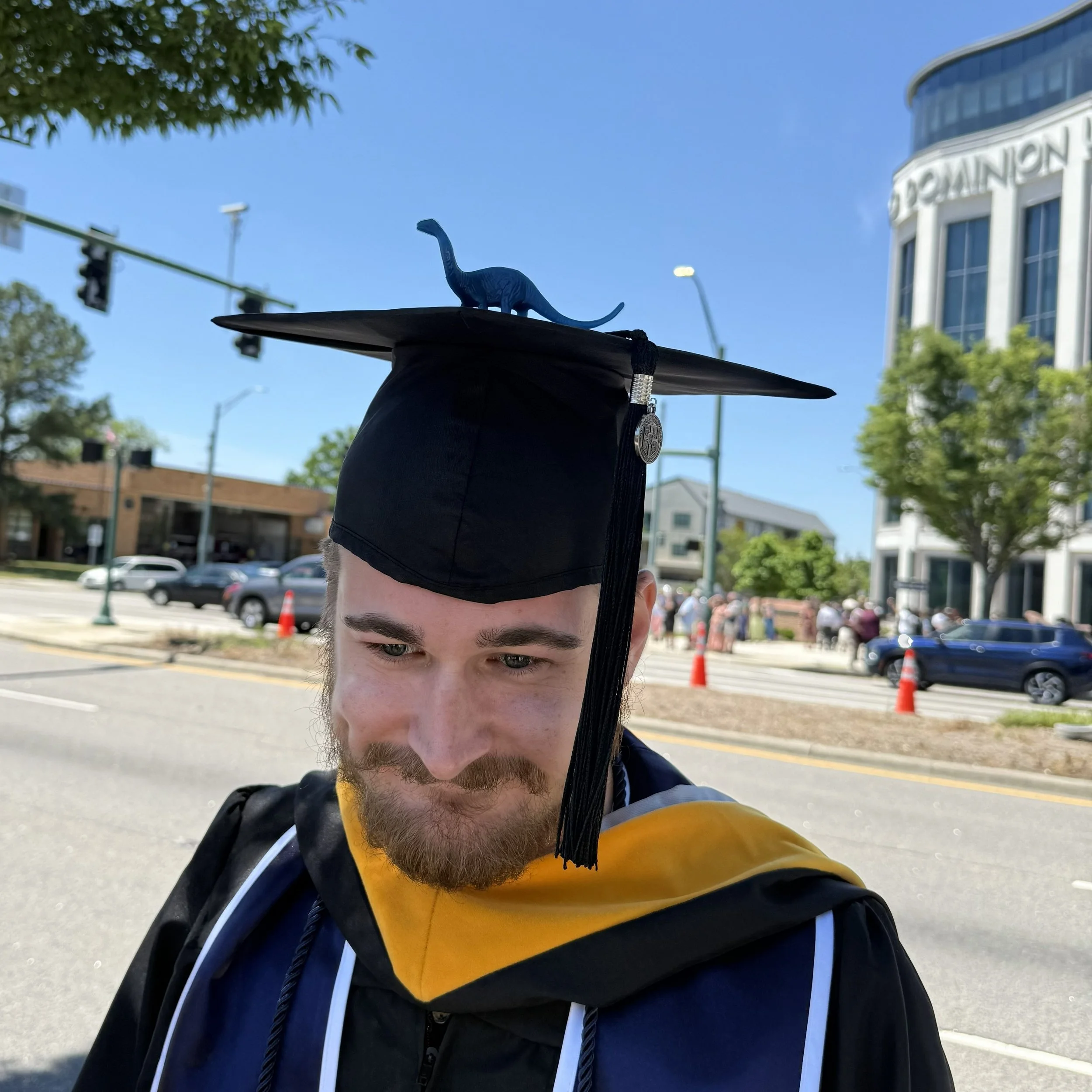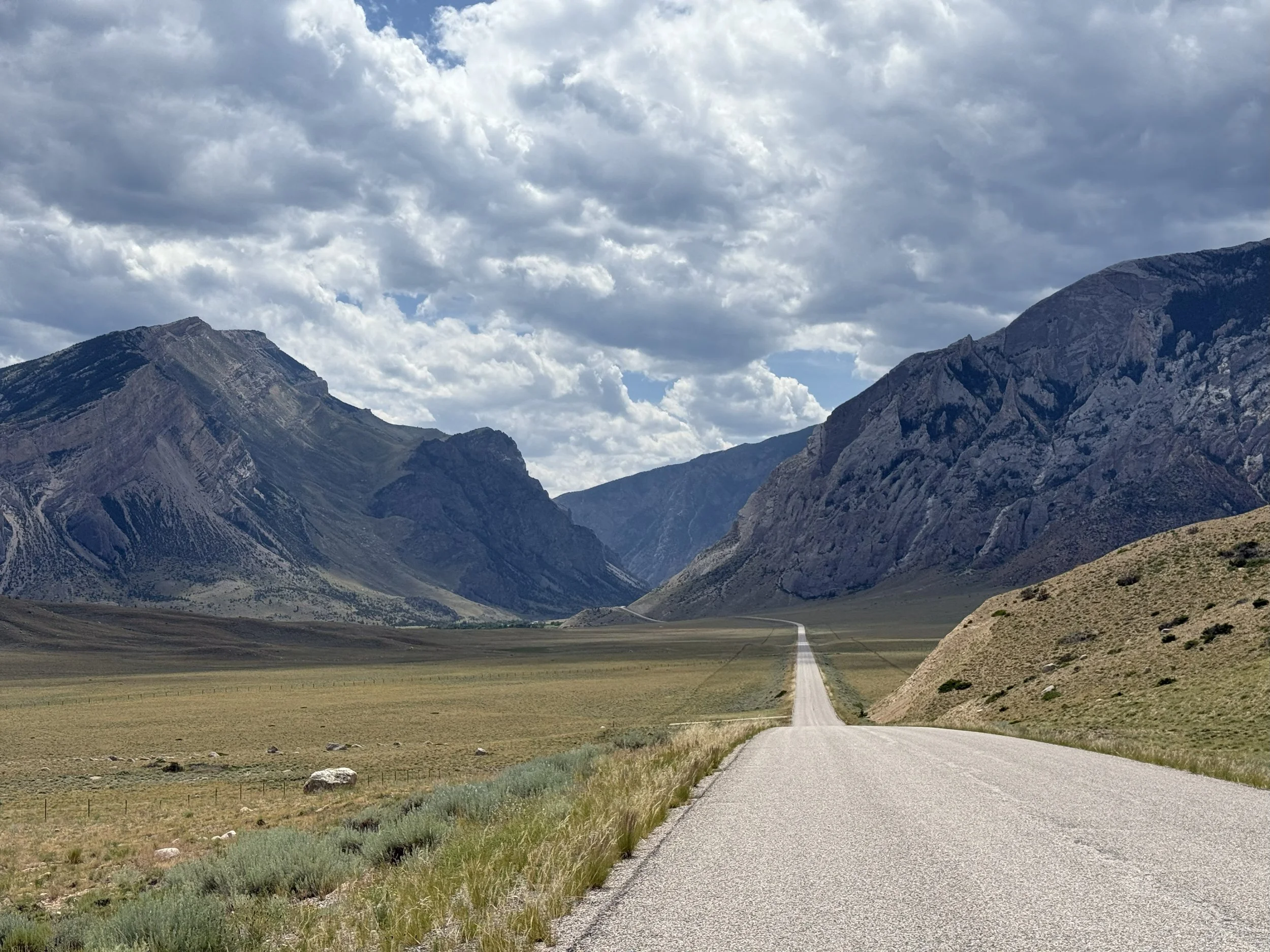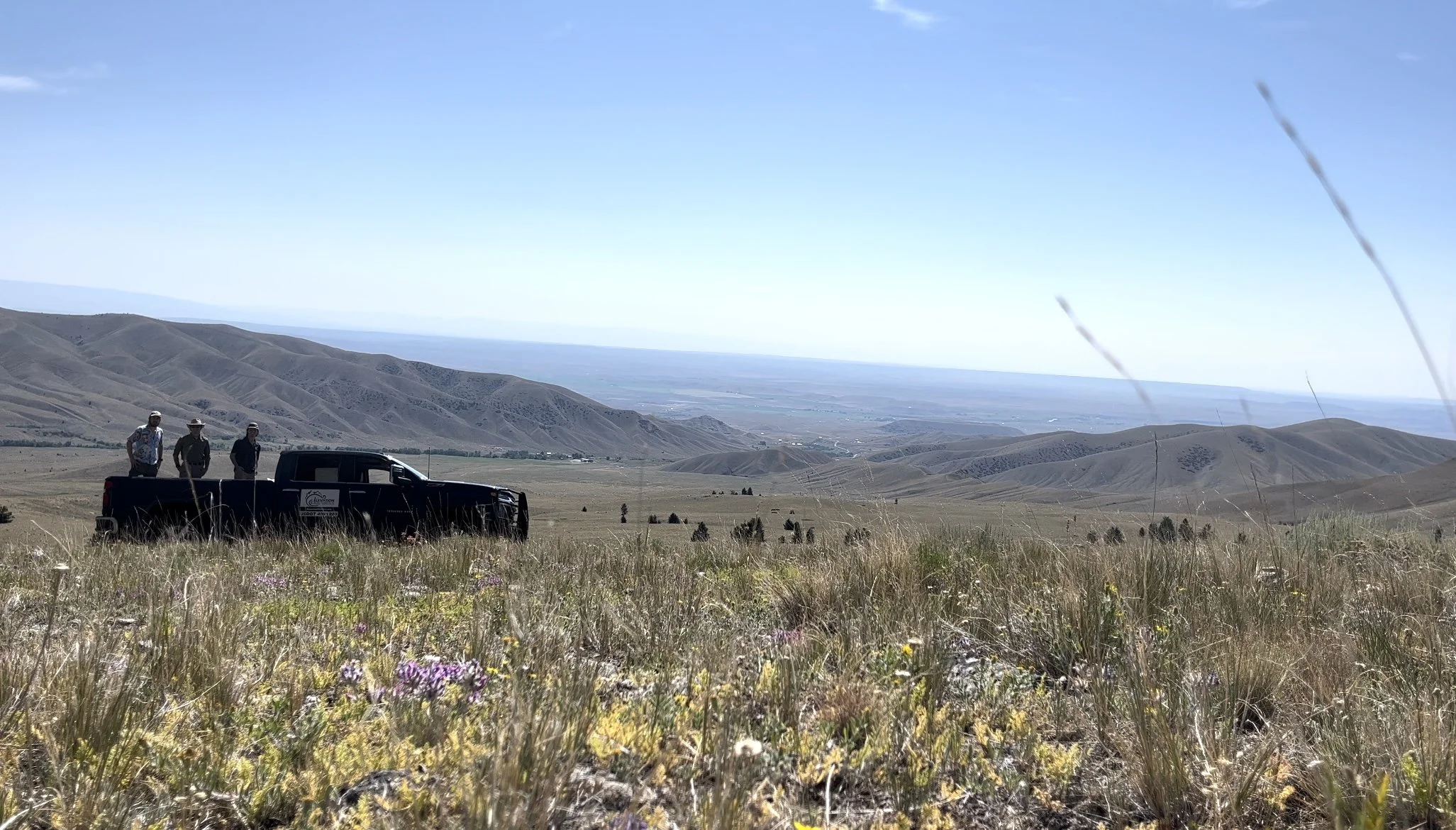From Participant to Intern: A Journey in the Field
Written by Adam Johnson
Between 2022 and 2024, I was a weekly volunteer participant with Elevation Science Institute, always selecting the first week of the field season. Each year, I greeted the smiling staff members at the Billings airport and loaded my luggage into the van labeled with Elevation Science Institute magnets before picking an empty seat and greeting my fellow participants. This year however, I loaded a few more bags than usual into my Toyota Highlander and drove from coastal Virginia to Red Lodge, Montana, because I was about to join the crew for the entire field season!
By my third year as a weekly participant I had fallen in love with the quarries, and several staff members inquired about my interest in the internship. Internally I had been selling myself short, but nonetheless I submitted my application for a field intern position when the time came. My undergraduate journey at this point had taken me longer than the typical four years, though I later learned that my openness regarding discussing this topic during the interview process reflected favorably on me. During the spring of 2025, I was chosen as one of the two Elevation Science Institute field interns for the coming summer, and graduated magna cum laude with a bachelor’s degree in biology from Old Dominion University.
Once in Montana, the pre-season days were a perfect start to the season. While I already had some level of familiarity with the staff members, the other intern did not. Thankfully, that didn’t stop Declan from hitting the ground running by making just our type of jokes and fitting into the team right off the bat. Amidst my sleepless first night in King cabin, I stepped outside for some fresh air and was greeted by the most crisp view of the Milky Way Galaxy that I’ve ever seen. This gorgeous view was only the first of many for me in the coming months. My pre-season highlight was when the younger staff members took a drive down to Clark’s Fork Canyon once the quarries were prepared for the season. There, I witnessed some of the most incredible tectonic folding that I’ve ever seen in person, and didn’t hesitate to ask Daniel to give his interpretation of the rocks and the ancient tectonic events that they represented. Between rockhounding along the river and Skye’s staff photo shoots, I would be hard-pressed to think of a better bonding activity to start the season with.
The field season itself offered incredible opportunities, both in the dig sites and elsewhere. I spent much of my time early in the season working with Katie at the LZ Blue quarry of the Andersen Area. I began working there because of my familiarity from spending much of my 2024 participant week there, but what kept me tethered to that incredibly dense sandstone ended up being one fossil in particular. After spending the better part of a week working to excavate the rest of a nub of bone that had been discovered at the end of the 2024 season, the size and distinctive S-shaped curve of the bone were diagnostic... I had been working on an Allosaurus femur, and a good-sized one at that! The jacketing process of that femur involved tunneling beneath it in order to secure a safe flip in one piece; the amount of subsequent tunneling that I would do throughout the season would lead to Antonio adorning me with the superlative of ‘Team Tunneler”. Later in the season, Declan would invite me over to the quarry that he was managing just in time for the two of us to extract a beautiful Allosaurus toe claw together. The few moments that we took to admire that claw before carefully foil-wrapping it is a memory that I will undoubtedly hold on to for life.
One of the most fun days of my life thus far was when Daniel, Declan, and I were sent on an off-site recon mission. The task was to investigate the western rim of the Morrison Formation and assess its potential to host upcoming college student surveying teams. Between the water crossings, eating lunch in the truck bed while overlooking the Bighorn Basin, and Declan possibly making friends with a cowboy’s ghost, the day was unlike any other I’ve had.
When I arrived at YBRA at the beginning of the summer, I had a few goals for what I wanted to get out of the internship experience: to strengthen my science communication skills, gain experience with GPS mapping of dig sites, and to round out my fieldwork knowledge with more jacketing and extraction of fossils. I am very happy to report that each of my goals was fully realized by the end of the field season. After enriching my scicomm skills through the first half of the field season, I found my ability put to the test when three Bureau of Land Management officials paid a visit to our quarries and I was momentarily the only representative of Elevation Science Institute on site! I was able to confidently answer questions about our dig sites, the overall fossilization process, and the paleontological field as a whole, largely thanks to answering many similar questions in the preceding weeks. The discovery of a new bone-rich quarry provided me the opportunity to observe and assist in the efforts required to gather GPS data on a new dig site. The discoveries in this quarry and in its neighboring pit provided more opportunity to apply plaster/burlap jackets than I think any of us could have anticipated at the beginning of the season, and the extraction of these sizable remains provided me with hands-on experience that I feel strongly bolstered my fieldwork skillset.
As I reminisce on the summer from my desk in Virginia Beach, I appreciate that I never became desensitized to life in camp or in the field. From the first stormy sunset when the staff gathered on a cabin porch watching the lightning, to the final day of the season when a bull moose spent the afternoon snoozing next to a path, I never took a day in camp for granted. Meanwhile in the field, I made sure to constantly remind myself (and occasionally those around me) that in our hands were the remains of living, breathing, feeling animals that last saw the sun 150 million years ago.
This experience strengthened me both physically and mentally, and allowed me to live a life that I had up until this past year considered a pipe dream. I am excited for what my future holds, and my time as a field intern with Elevation Science Institute has left me with an enriched confidence that I will be a strong asset to my crews that I have yet to meet. I give my sincerest thanks to the Elevation Science Institute staff and board members for providing me with this opportunity, to the David B. Jones Foundation as well as the Bureau of Land Management for making this opportunity possible, and to the participants that made each week unique, exciting, and rewarding.





